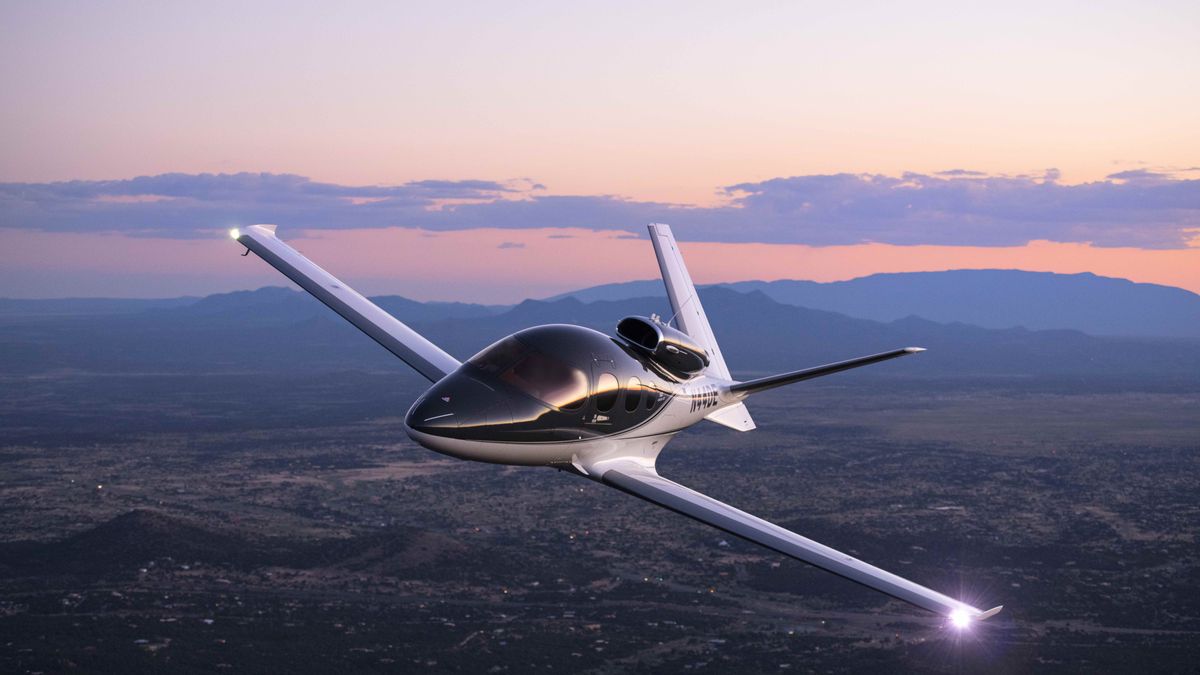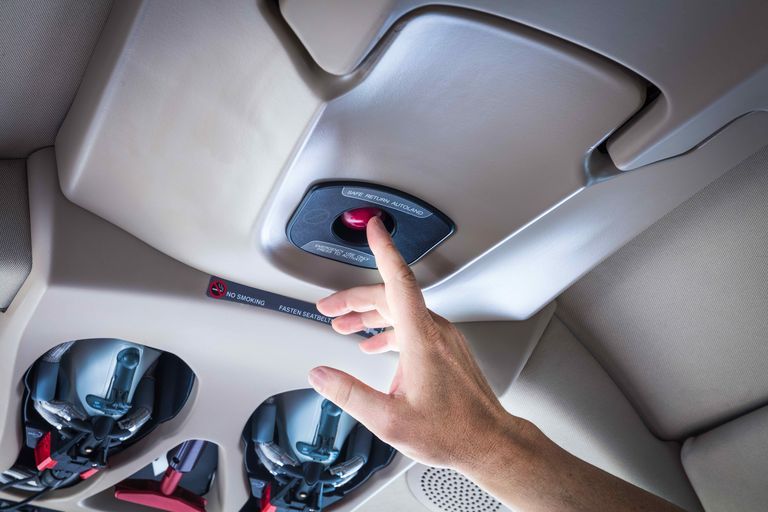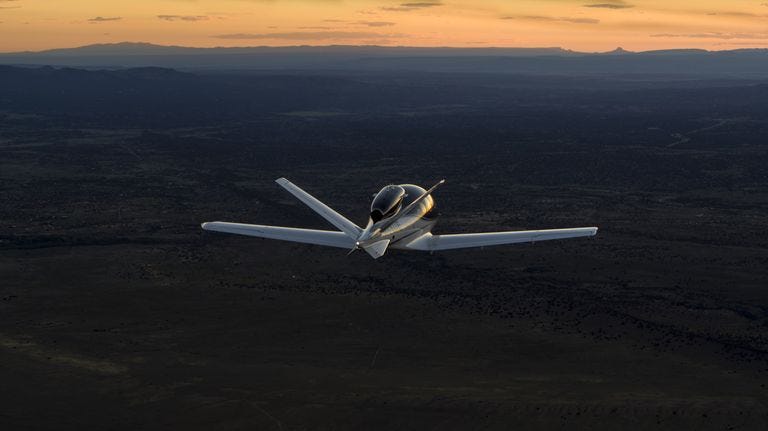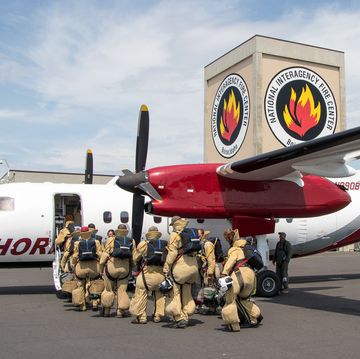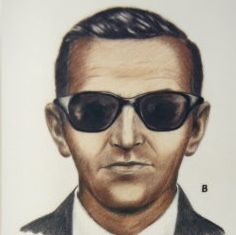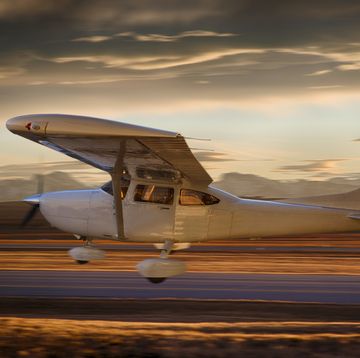A Cirrus Vision jet costs around $2 million, making it the most affordable new private jet. You can buy a propeller plane for less, but if you want a turbine engine, this is your starter. It’s smaller than Gulfstreams most of us imagine — in the Vision, the pilot and passengers share the same space. That’s because Cirrus engineers designed it for owners who also want to be the pilot, no flight crew required.
But that setup presents a concern for passengers. Even if you’re traveling with an Air Force alum, if only one person is capable of landing the thing, what do you do if he or she goes unconscious, or has a heart attack? Live out Airplane!, with air traffic control guiding you, the inexperienced passenger, through a terrifying landing? Nah. You hit a button on the ceiling and do breathing exercises while the plane lands itself.
Some background on the aircraft: the Vision’s single engine is on the roof. Having one engine instead of two helps keep the price low. The tail is a V so that exhaust can pass through. The windows are noticeably bigger than on most jets because the body is made of strong, light carbon fiber—the 787 has bigger windows for the same reason. The seats are plush, and there are USB chargers throughout the cabin. The sound is deafening until you but on the Bose noise-canceling headsets. Then, it’s comfy for the up to 7 people who can sit inside.
Unlike the Icon A5, or other recreational planes, the Vision is for distance transportation. It will fly over 1,000 miles (Cirrus says max range is 1,275 nautical miles), and cruise at 31,000 feet. That means it’s good for trips like JFK to ORD, but this is still a pilot’s plane. If other private jets are Rolls-Royce Phantoms (where you buy to be chauffeured), this is a McLaren 570S—no flight crew necessary.
Because, unlike in commercial jets, there might not be a human copilot to take over in an emergency, this Cirrus has Safe Return. It’s an autopilot landing system built by Garmin, and part of the G3000 flight deck system. In practice, it means that, if the pilot is incapacitated, land the plane safely, without human intervention. It's also available on the Piper M600, and will likely be available in other planes soon.
It feels as spooky as it sounds. You hit the button, and a voice calmly announces that the system is active. The screens flash “Emergency Autoland Active,” and tell you to keep away from the controls while it works. The plane then finds the nearest available airport, notifies the right frequencies of your emergency, and steers towards a safe runway. The system accounts for every variable—altitude, weather, terrain, fuel level—and tells air traffic control to have help ready.
With the clear runway in sight, the landing gear deploys, and the plane slows down. It descends as gently as if an expert pilot were in control. It touches down, and slows to a safe stop.
Sounds futuristic, but automatic landing systems have existed for year— in general, for non-pilots and non-enthusiasts, a startling amount of flight is automated. The difference between this and a commercial jet’s systems is that those pilots are trained to know how to specifically monitor the autopilot, and be ready to intervene if needed. Safe Return is a second-to-last-resort. If that system can’t get you to land safely, the Vision Jet has a parachute that will deploy, and land the plane right side up.
If autonomous flying air transportation ever arrives, it’s still years of testing and legal rulings away from reality. But same as Tesla’s Autopilot on land, this system makes the sci-fi fantasy feel close at hand.
As Editor in Chief, Alexander oversees all of Popular Mechanics’ editorial coverage across digital, print, and video. He has been a science and technology journalist for over 10 years and holds a Master of Arts degree from the Columbia University Graduate School of Journalism. He was previously Technology Editor for Popular Mechanics and before that, a contributor to publications including the Wall Street Journal, Wired, Outside, and was a product tester and reviewer for The Wirecutter. He has been called on to appear on live and taped broadcast programs including Today and programs on MSNBC. He lives in Pennsylvania and rides a 2012 Triumph Street Triple R motorcycle.
